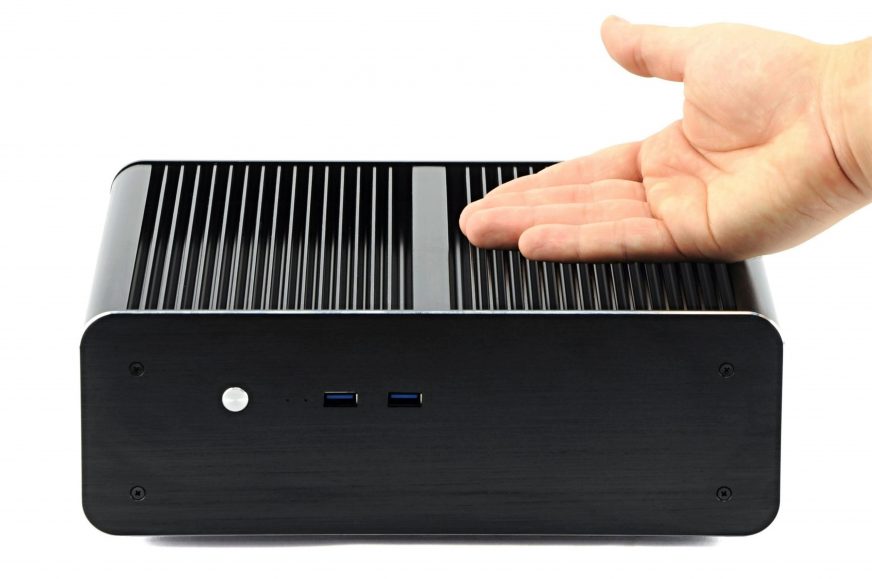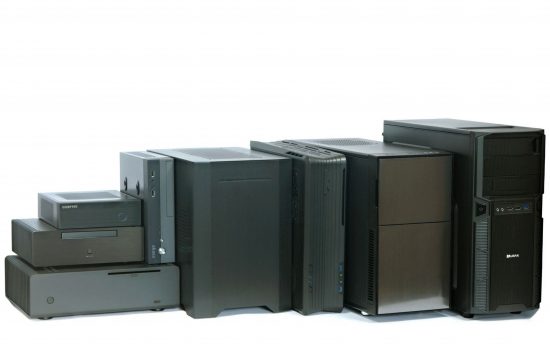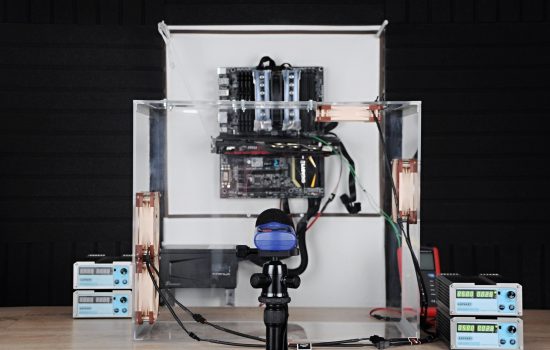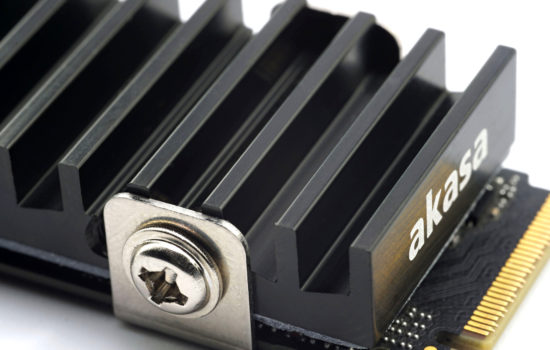Details and assembly
Along with low power consumption chips, silent computers are also expanding. The British company Akasa has been specializing in the development of cases optimal for this purpose for the last few years. We have put their most progressive model through editorial hell. After exploring every corner and measuring temperatures in all possible positions, we can say what it can and cannot do. To give you a better idea, we are providing thermal vision too.
Conclusion
Since the release of the first Euler (2012), the manufacturer has improved a lot and the model with the addition MX is not suffering from overheating anymore. Its cooling system is solved with a more sensible understanding, making HDDs finally usable in the case. At the maximum thermal load recommended by the manufacturer (ie. with CPU up to 35 W), the power supply cascade and chipset will be more heated than the processor itself in most cases. However, temperatures reaching 60 °C at most are still perfectly fine.
The low TDP is obviously an insurance by the manufacturer, for several reasons (and their combinations). Due to low quality compounds on CPU chips, the inappropriate use of a cheap motherboard without additional cooling, and maybe also because they wanted to prevent instability in an industrial environment where the air temperature is often significantly higher than in normal domestic conditions.
The case could handle even 70 W (while the temperature of the casing at the hottest point only slightly exceeded 50 °C). Although CPU temperatures were a bit higher (78 – 82 °C), they were not critical. By using such strongly heating processor, it was of particular importance that the motherboard was equipped with a properly dimensioned heatsink on the power supply circuit.
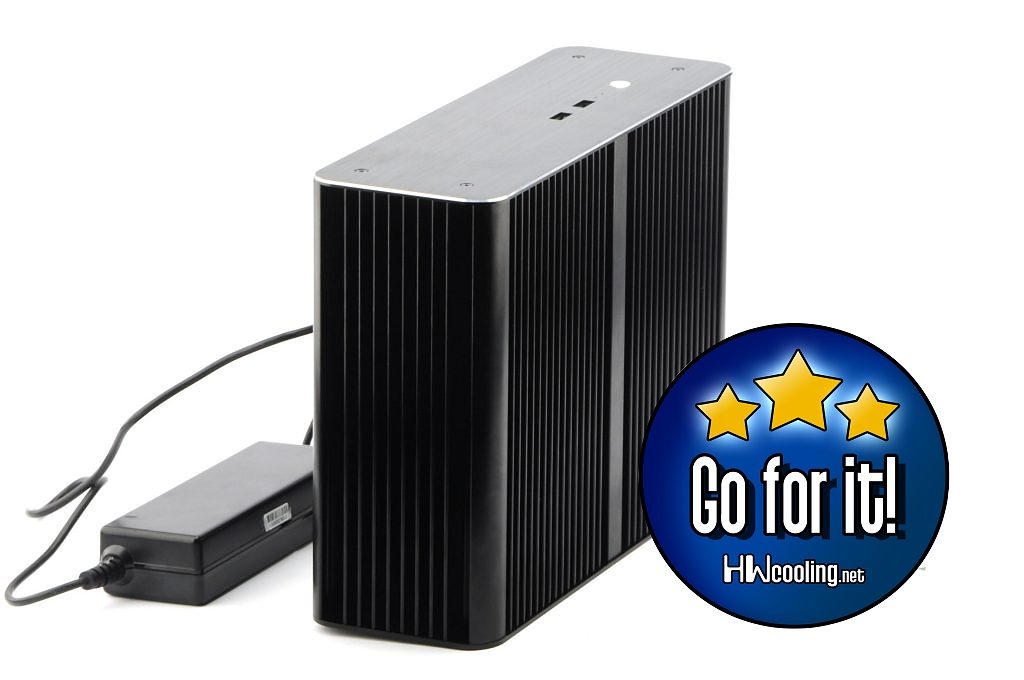
The case was most effective vertically in width. Natural heat removal through the length of the ribs is obviously the fastest. It is also optimal for disks because they are no longer in the axis of the rising warm air. The worst cooling performance was measured in vertical position in height and with the processor closer to the top. After the case was turned by 180 degrees, the situation improved. Let it be one way or another (let’s say horizontally on the work table), the differences in heating were relatively small, up to 5 °C at most.
The only thing that made us a bit sad it that the huge potential of the heatsink was only partially exploited. The thermal imager revealed an uneven heating of the ribs. The sides are significantly cooler than the area that is in contact with the processor through the block. With a more sophisticated structure of heatpipes, cooling performance could be better. But thanks to this simple concept and cost savings (on both production and more complicated development), the price is very attractive. Moreover, there is also included a decent picoPSU with an 80-watt adapter. This duo is less than 80% effective only at lower performance levels (below 25%), and at more than 90%, at the limit of its capabilities. It is also important to add that it does not produce any annoying sounds.
| Akasa Euler MX (price: 135 eur) |
| + high cooling performance (higher than in specifications) |
| + cooling of the critical parts is also ok |
| + does not contain any fans |
| + fine power supply, quiet with efficiency around 80 % |
| + it is possible to fix the case to a monitor or a wall |
| + the rear panel has a room for additional connectivity expansion (port COM/external Wi-Fi recievers) |
| + very reasonable price |
| + high quality design |
| – too simple block for heat removal is wasting the potential of the ribs |
| – does not support 3.5" HDD |
| – limited compatibility to few motherboards only |
| – only two USB ports |
If you would like to give us a tip for a review, feel free to do so in the comment section.
We will be grateful for any feedback!





